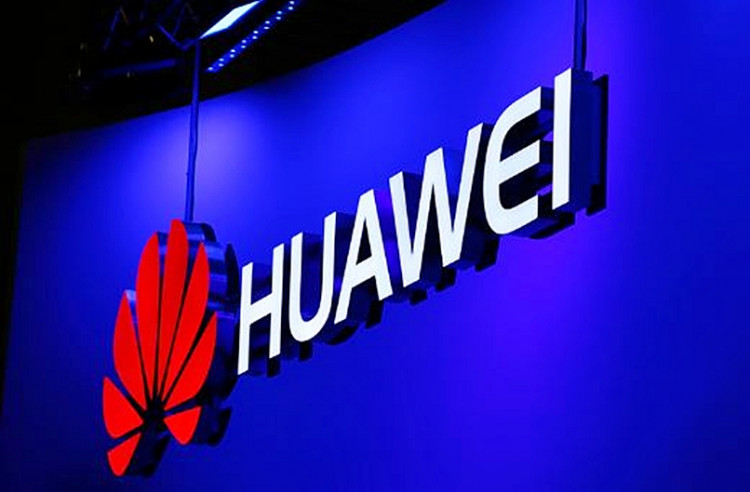The already soured relations between Australia and China turned bitter with Australia yesterday banning Huawei Technologies Co., Ltd and ZTE Corporation from participating in the upcoming rollout of 5G mobile networks.
Huawei is a networking, telecom equipment, and services company based in Shenzhen. It is the largest telecommunications equipment manufacturer in the world, ahead of Ericsson. Today, Huawei is the world's second largest smartphone manufacturer. ZTE is one of China's leading telecom equipment manufacturers. It's also based in Shenzhen.
A statement issued by the government of then former Prime Minister Malcolm Turnbull said the government considers the participation of vendors likely to take orders from a foreign government that conflict with Australian law, may force the carrier to inadequately protect a 5G network from unauthorized access or interference.
Australia was careful not to name either Huawei or ZTE directly, but there could be no mistaking which firms the statement is referring to. Huawei has long been blocked from supplying network hardware for Australia's ongoing National Broadband Network, which is a fixed line network currently being built.
Then Treasurer Scott Morrison and communications minister Mitch Fifield both announced the ban. Both men cited concerns Huawei will be the target of Chinese government influence, an action that will place Australia's national security at risk. Fifield resigned his post after making the announcement due to current turmoil engulfing Turnbull's government.
Huawei Australia expressed disappointment at the government ban. It called the ban an extremely disappointing result for Australian consumers. It noted Huawei is a world leader in 5G that has safely and securely delivered wireless technology in Australia for close to 15 years.
Australia was also concerned about an extreme vulnerability in 5G that will hurt national security. It believes hostile actors such as a hostile foreign government could crash the 5G network, and the carriers that own the equipment would be powerless to stop them.
In their joint statement, Fifield and Morrison said allowing Huawei into edge networks can't be risked in 5G. The statement explained that previous mobile networks featured clear functional divisions between the core and the edge.
On the other hand, 5G is designed so that sensitive functions performed in the physically and logically separated core will gradually move closer to the edge of the network. This mutation will make the distinction between the core and the edge will disappear over time.
More frighteningly, 5G provides a way to get past traditional security controls by exploiting equipment in the edge of the network. This flaw means that an attacker (such a hostile foreign government) might compromise the integrity and availability of the 5G network, causing it to crash.
An edge device provides an entry point into enterprise or service provider core networks. Examples include routers, routing switches, multiplexers and others.






